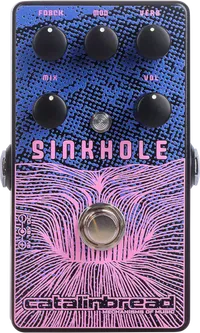
How to Set up a Shoegaze Pedalboard
Shoegazers use effects pedals in unconventional ways to create beautiful noise rock. In the demo widget above I’ve put together a small pedalboard that tries to do exactly that.
Distortion after Reverb
The classic example for shoegaze sounds is to put distortion after time-based effects. The distortion will affect the dry signal and the reverb tails.
This goes against conventional recommendations. Most other music calls for pristine reverb that give you the impression of a large room.
Shoegazers use reverb before distortion. This smears our notes and creates this heavy, melancholic but pretty sound. It’s like painting delicate lines on a canvas versus hurling paint at the wall.
The choice of the distortion and reverb combination is important though. I’ve found that the Twilight Pulse Audioworks Proxima always delivers for this purpose.
The Proxima can get pretty heavy but still keep a lot of clarity. It has that smooth distortion that doesn’t get harsh or brittle. You can throw lots of reverb and a bridge pickup at it and it will still sound pleasing.
The Catalinbread Sinkhole has become my favourite before-dirt-reverb. It almost feels more like a synth-pad generator that plays along with your guitar rather than a reverb. And there is already modulation included, which I kept subtle in the demo for a bit of movement.
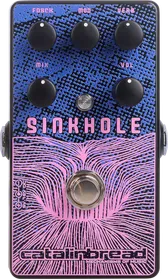
Buy through these links and support Loopy Demos
at no extra cost to you.
You should experiment and try shoegazing with what you already have. I found that plate and hall reverbs work best because there is more diffusion. This creates the smearing effect we’re after in shoegaze sounds. Spring reverbs don’t have enough diffusion and too much high-end for this application.
For distortion, a good old Big Muff* or a RAT* will do the trick. Both have controls to tame the high end and avoid harshness.
A gated fuzz like the Keeley Fuzz Bender* can also work well. Because of the gated-ness, you can tame the smearing effect and create a more broken-up sound.
If you don’t like to to turn on many pedals at once, there are cool all-in-one shoegaze pedals. They combine reverb and distortion. My personal favourite is the Walrus Audio Melee*. It does RAT-style distortion + reverse reverb …yay!
Reverse Delay
Another staple of shoegaze is reverse delay. Unlike straight-forward delays (get it?), reverse delays add another dimension to the sound. It’s different enough from reverb to throw into a spaced-out signal chain.
It’s like smearing the paint in another direction. It provides more controlled chaos which is what shoegaze is all about.
In the demo above I used my trusty Chase Bliss Audio Mood for this. I’m using only the left side in slip mode. Turning the left MODIFY counter-clockwise makes it a reverse delay. Adjust the TIME and CLOCK and you get kind of a random repeat that I haven’t heard from other delays yet.
There are a few other great reverse delays currently on the market. Walrus Audio Fundamental Delay has a fantastic reverse mode and is super affordable.
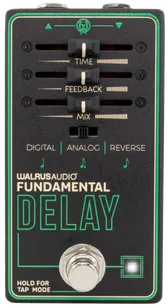
Buy through these links and support Loopy Demos
at no extra cost to you.
Another great option is the Old Blood Noise Endeavors BL-44. This one also has a clock and speed and can give you a similar lo-fi random thing like the Mood does.
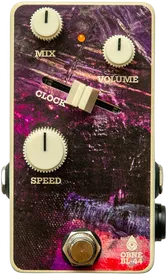
Buy through these links and support Loopy Demos
at no extra cost to you.
Extra Modulation
I’ve added the Walrus Audio Polychrome to the signal chain for some extra modulation.
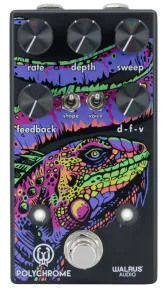
Buy through these links and support Loopy Demos
at no extra cost to you.
The Polychrome is a flanger that can also do a wicked chorus and vibrato if you need it. In the demo, I adjusted the FEEDBACK so that the flanging is more pronounced.
It tightens up the washy-ness of the two time-based effects before it. It adds a cool vibe, especially combined with the Proxima.
Flangers got a bad rep because of their overuse in cheesy 80s rock. Used in the right context, to me they add the right amount of vibe for some space-rock/shoegaze.
Modulation is a wildcard for your shoegaze board. Go with what you have and experiment. Another favorite of mine is the Fairfield Circuitry Shallow Water. It’s so unique and different from the more “classic” modulation effects.
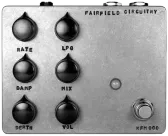
Buy through these links and support Loopy Demos
at no extra cost to you.
Conclusion
This is not a definite guide, as shoegaze is all about experimentation and finding your own sound. But I hope it gives you some ideas on how to get started.
Signal Chain
- Fidelity Guitars Stellarosa Lite II with Lollar Firebird pickups (bridge pickup)
- Mood —> Sinkhole —> Polychrome —> Proxima
- Mixwave Benson Chimera Plugin*
*Affiliate links: If you buy something through these links, you’re supporting Loopy Demos without any extra cost for you. Thank you!
Related Pedals

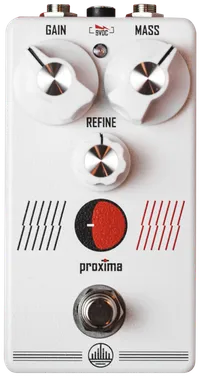

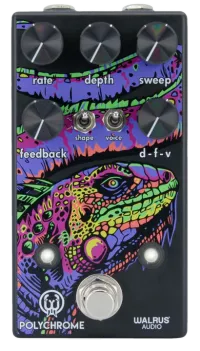
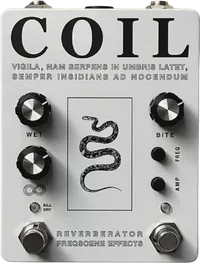
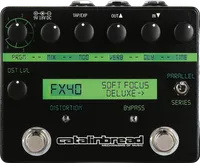
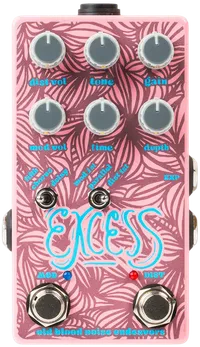
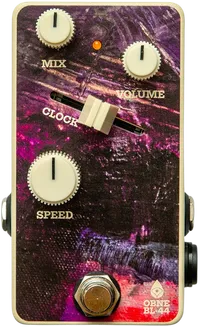
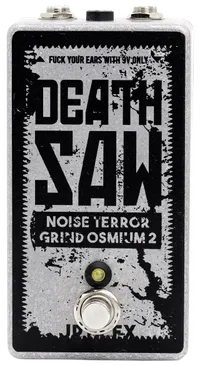
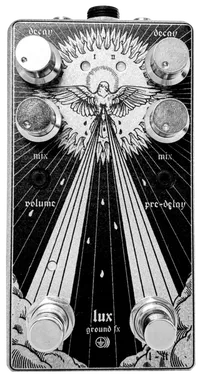
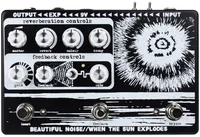
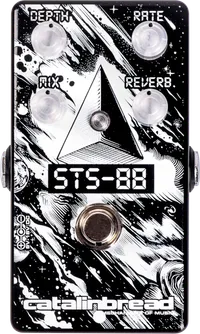
Related Posts
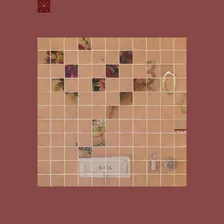
How To Sound Like Touché Amoré - Flowers and You
How to sound like Touché Amoré's "Flowers and You" with the right pedals. The verse features cleanish, spacious and modulated ...
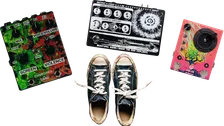
Best All-in-One Shoegaze Pedals
Three of my favorite all-in-one shoegaze pedals. The Walrus Audio Melee, Old Blood Noise Endeavors Screen Violence and Beautiful Noise ...